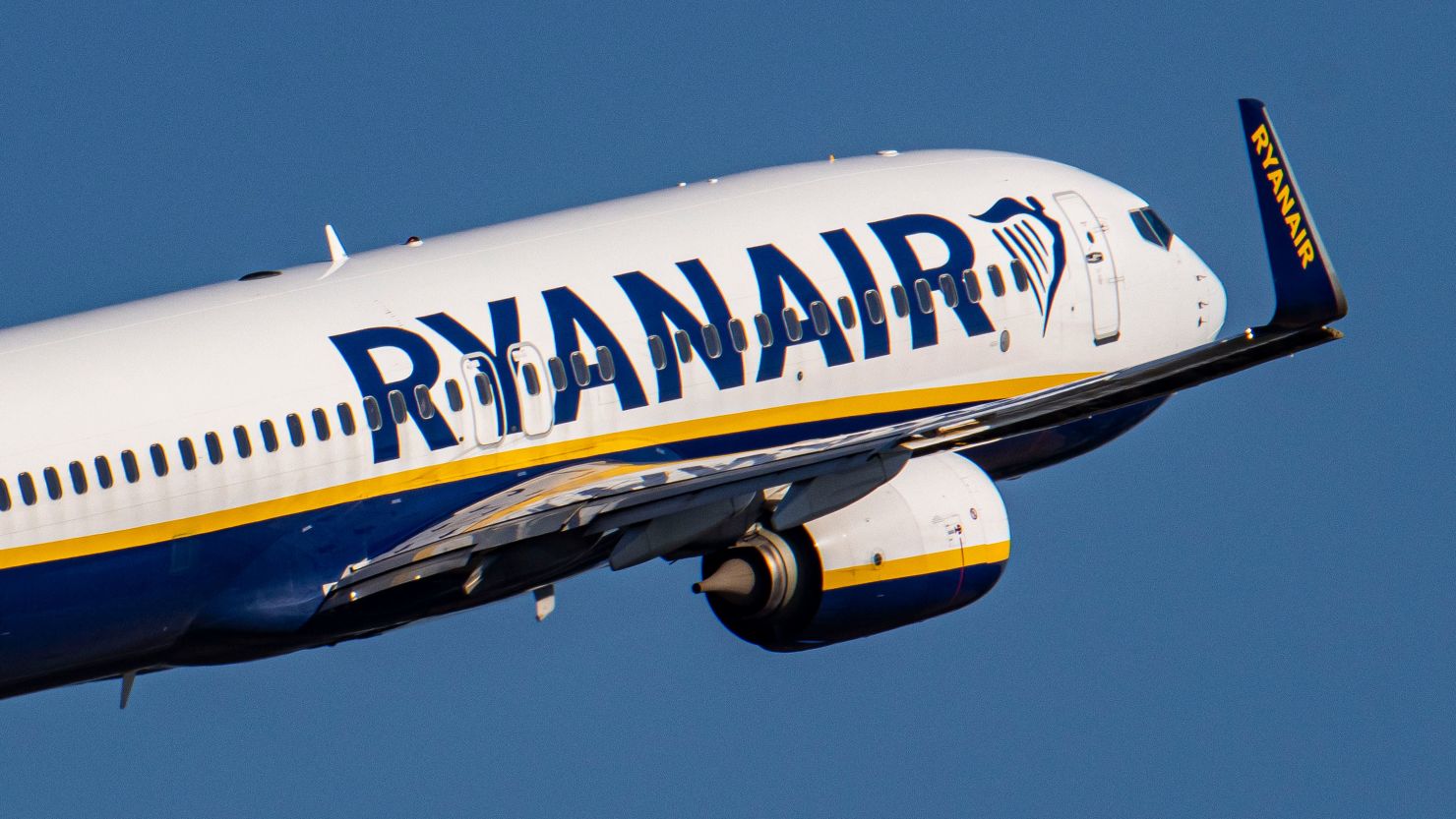
Airline distribution channels play a crucial role in how tickets are sold and managed. But what exactly are these channels? Airline distribution channels are the various methods airlines use to sell tickets to passengers. These include direct sales through airline websites, travel agencies, online travel agencies (OTAs), and global distribution systems (GDS). Each channel has its own advantages and challenges, impacting both airlines and travelers. Understanding these channels can help you make smarter travel decisions and possibly save money. Ready to learn more about how your next flight ticket gets from the airline to your inbox? Let's dive into the details!
Key Takeaways:
- The way airlines sell tickets has changed a lot over time, from paper tickets and phone calls to online booking and mobile apps. Technology like AI and blockchain is making the process even more advanced!
- Airlines are using new technology like voice search and focusing on sustainability to make booking flights easier and more eco-friendly. Plus, they're offering extra services like seat selection and in-flight meals during booking.
The Evolution of Airline Distribution Channels
Airline distribution channels have transformed significantly over the years. From traditional travel agencies to modern online platforms, the way tickets are sold and distributed has evolved. Here are some fascinating facts about this journey.
-
Early Beginnings: Initially, airlines sold tickets directly through their offices or via travel agents. This was a manual process involving paper tickets and phone calls.
-
Global Distribution Systems (GDS): In the 1960s, GDS emerged, revolutionizing ticket sales. These computerized systems allowed travel agents to book flights from multiple airlines in one place.
-
Sabre: One of the first GDS, Sabre, was developed by American Airlines and IBM. It automated the booking process, making it faster and more efficient.
-
Travel Agencies: Traditional travel agencies played a crucial role in the early days of airline ticket distribution. They acted as intermediaries between airlines and passengers.
The Rise of Online Booking
With the advent of the internet, the airline industry saw a massive shift towards online booking platforms. This change brought convenience and accessibility to travelers worldwide.
-
Expedia: Launched in 1996, Expedia was one of the first online travel agencies (OTAs). It allowed users to book flights, hotels, and car rentals from their computers.
-
Priceline: Known for its "Name Your Own Price" feature, Priceline introduced a new way for travelers to find deals on flights and other travel services.
-
Direct Airline Websites: Airlines began to develop their websites, allowing customers to book directly without intermediaries. This reduced costs and increased control over the booking process.
-
Mobile Apps: The rise of smartphones led to the development of airline and OTA mobile apps, making it even easier for travelers to book flights on the go.
The Role of Technology in Modern Distribution
Technology continues to shape the airline distribution landscape, introducing new tools and methods to enhance the booking experience.
-
Artificial Intelligence: AI is used to personalize booking experiences, predict travel trends, and optimize pricing strategies.
-
Blockchain: Some airlines are exploring blockchain technology to improve transparency and security in ticket distribution.
-
Chatbots: Many airlines and OTAs use chatbots to assist customers with booking, inquiries, and support, providing instant responses.
-
Virtual Reality: VR is being used to offer virtual tours of aircraft cabins, helping passengers choose their seats and understand the in-flight experience better.
Challenges and Opportunities
The evolution of airline distribution channels has brought both challenges and opportunities for the industry.
-
Competition: The rise of OTAs and direct booking platforms has increased competition among airlines, pushing them to offer better deals and services.
-
Data Privacy: With more personal data being collected, airlines and OTAs must ensure robust data privacy measures to protect customers.
-
Dynamic Pricing: Airlines use dynamic pricing models to adjust ticket prices based on demand, competition, and other factors, maximizing revenue.
-
Ancillary Services: Airlines now offer additional services like seat selection, extra baggage, and in-flight meals during the booking process, generating extra revenue.
Future Trends in Airline Distribution
The future of airline distribution channels looks promising, with several trends set to shape the industry.
-
NDC (New Distribution Capability): Developed by IATA, NDC aims to modernize the way air products are sold, offering richer content and more personalized offers.
-
Voice Search: As voice-activated devices become more popular, airlines and OTAs are integrating voice search capabilities into their platforms.
-
Sustainability: With growing awareness of environmental issues, airlines are focusing on sustainable practices, including offering carbon offset options during booking.
Final Thoughts on Airline Distribution Channels
Airline distribution channels have evolved significantly over the years. From traditional travel agencies to modern online platforms, the way tickets are sold and distributed has changed dramatically. Global Distribution Systems (GDS), Online Travel Agencies (OTAs), and Direct Sales through airline websites are now the primary methods. Each channel offers unique benefits and challenges, impacting both airlines and passengers. Understanding these channels helps travelers make informed decisions and allows airlines to optimize their sales strategies. As technology continues to advance, expect even more innovations in how airline tickets are distributed. Staying informed about these changes ensures you get the best deals and travel experiences. So, next time you book a flight, consider the distribution channel you’re using and how it affects your journey.
Frequently Asked Questions
Was this page helpful?
Our commitment to delivering trustworthy and engaging content is at the heart of what we do. Each fact on our site is contributed by real users like you, bringing a wealth of diverse insights and information. To ensure the highest standards of accuracy and reliability, our dedicated editors meticulously review each submission. This process guarantees that the facts we share are not only fascinating but also credible. Trust in our commitment to quality and authenticity as you explore and learn with us.


